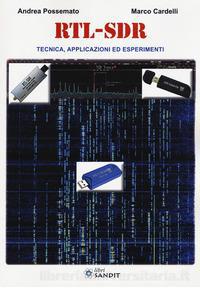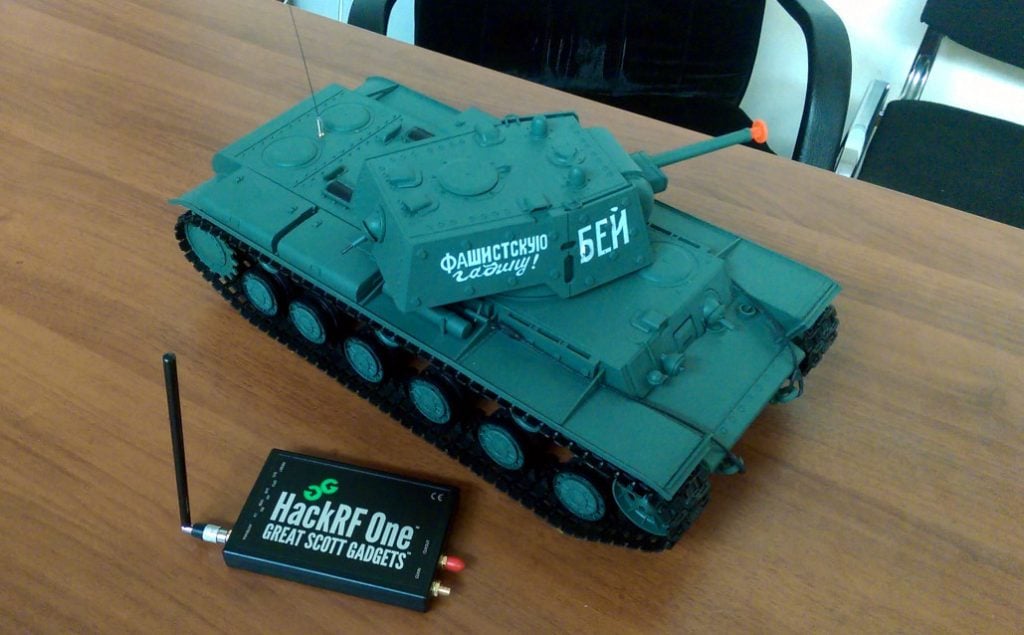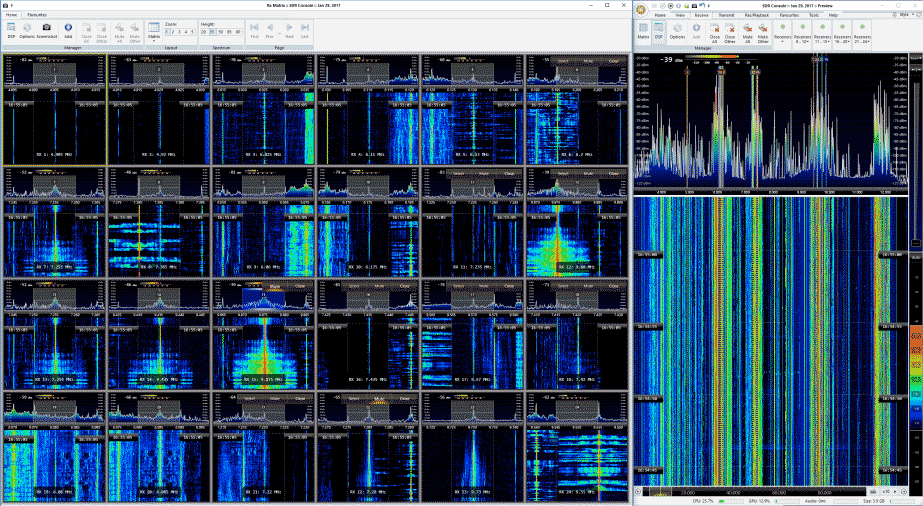Italian Language RTL-SDR Book Now Available
For our Italian readers – recently we received a submission from Marco Cardelli (IZ5IOW) who wanted to let us know that he and his friend Andrea Possemato (IZ5TLU) have published a book in the Italian language about the RTL-SDR. He writes:
The main goal is to introduce the “newbie” in this interesting world of digital radios, demonstrating that SDR is not an expensive technology. Both are the authors also of one of the firsts books about Raspberry Pi in Italian. All books are available on on-line stores, or from the publisher: http://www.sanditlibri.it/sdr-rtl.html
For any other information, please use the contact forms published on Marco Cardelli’s website: http://www.marcocardelli.info.
The book costs 9,90€. We haven’t purchased the book ourselves as we cannot read Italian, so if you decide to purchase the book please leave a review of it in the comments section to inform others on it’s quality.





